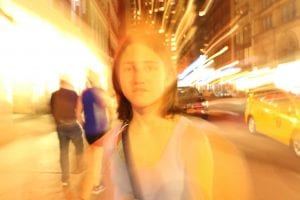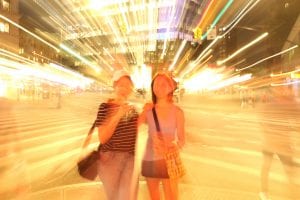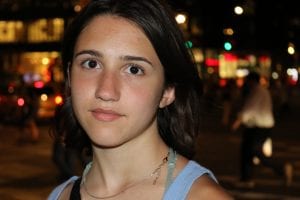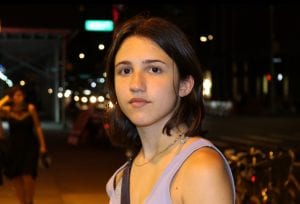In Hiss’ essay, “In Motion: The Creation of Travel”, he explores the spark of wonder we often lose when nearing adulthood, as well as its benefits and how to activate it within ourselves. Hiss suggests that our sense of natural wonder is often activated by the most random of sights, and that once we discover the sense of clarity this brings, it is difficult to see the world through the same pair of eyes. This clarity intensifies ones hunger to learn and propels you into a world of curiosity. It’s almost as though we’ve been wearing blindfolds before the moment our natural wonder resurfaces.
Our desire to uncover this sense of wonder may be scary and uncertain, but it also opens doors and endless possibilities, which is why it should be explored endlessly. However, wonder may not resurface naturally. We often don’t give ourselves the opportunities to examine what we deem “ordinary”. I see light bulbs, for example, every day. Yet, I have never taken the time to admire them and learn about them because they are a part of my daily life. Upon further inspection, though, I recognize the power they hold on our lives, and how together they form an intricate system. Our sense of wonder is constantly beneath the surface, only few steps away from breaking free. If only we took the time to explore everything we see, no matter how ordinary it may seem, we can activate this sense of wonder once more. In addition, we must actively ask ourselves questions: they are the key to reclaiming our wonder.
Questions are the key, and photography can be used as a medium to explore them. By asking ourselves questions about the people or items we encounter every day, we can ignite this sense of wonder and we can document it through our camera lens. They will serve as a tool to capture what we want to know, and what we don’t yet realize we want to know. Both these pieces of writing urge us to create and explore. Hass, especially, encourages us to explore what is right in front of us, which is why I believe you had us read these pieces. We are being encouraged to explore what may seem ordinary and we are being encouraged to always ask questions.
We must each set out to discover our own “wonder triggers”: the things that cause our minds to jolt from from unthinkingly seeing the ordinary to suddenly perceiving the extraordinary. A photographer’s role is to capture the extraordinary in order to help others see it.









